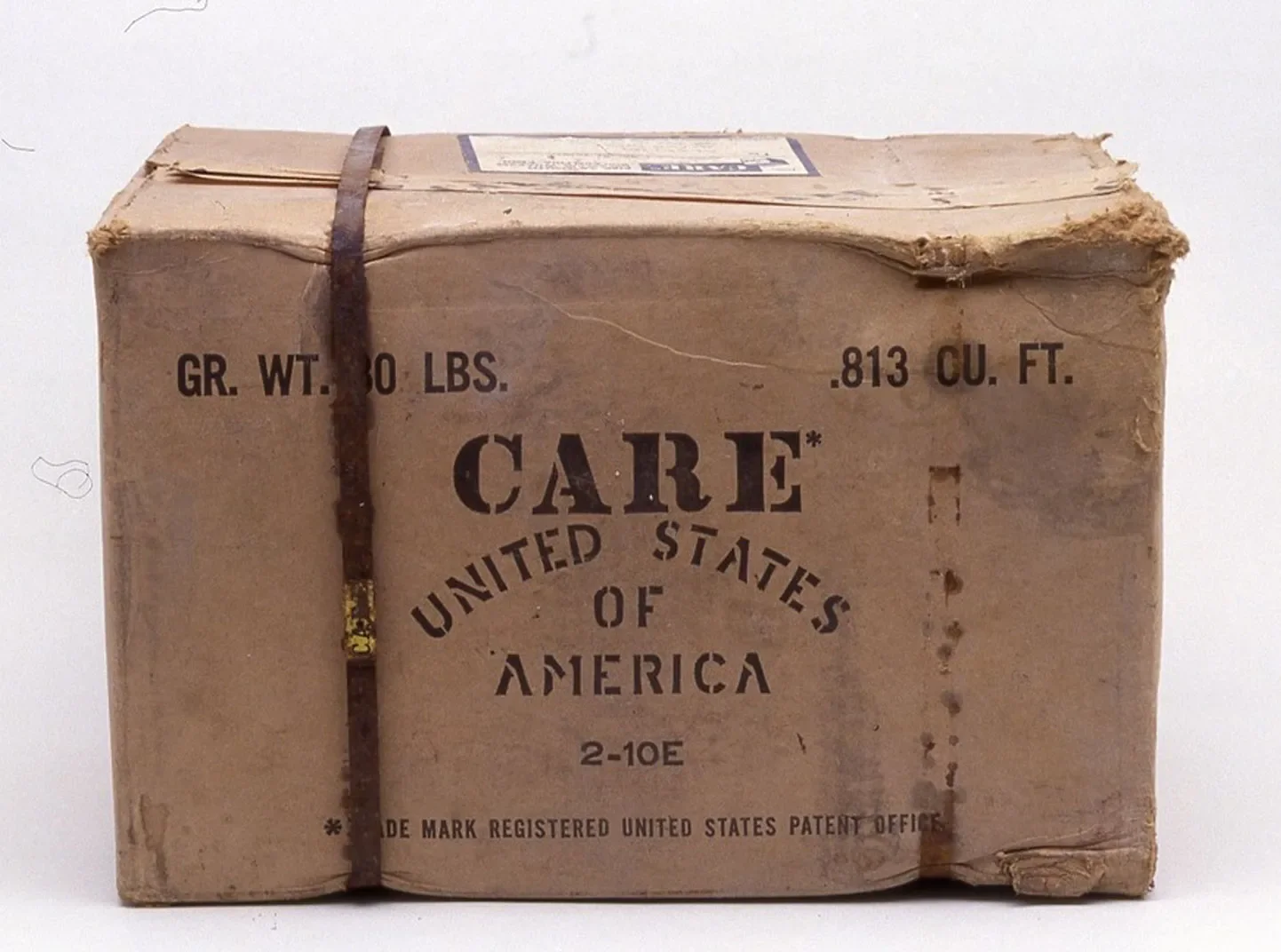
For over 60 years, CARE and Cargill have partnered with communities worldwide to address critical challenges – from delivering CARE Packages to World War II survivors to addressing inequity in agricultural communities. Since 2008, we reached more than 4.6 million people, 600,000 directly and four million indirectly, through 34 projects across 13 countries in Africa, Asia, and Latin America. Over the decades, our work tackled complex issues spanning smallholder agriculture, market access, women’s economic empowerment, nutrition, child labor, education, and water, sanitation, and hygiene.
Our latest phase of partnership, PROSPER II (2019-2022), built resilience across communities in the face of the COVID-19 pandemic, natural disasters, and economic crises. Through an integrated approach under CARE’S flagship She Feeds the World framework, PROSPER II led to increased access to farm resources, better household nutrition, reduced food insecurity, women’s empowerment, greater market access and economic opportunities for women and their families.
The partnership between our organizations has just been renewed and, together, we aim to build more resilient food systems and improve food security for 1.6 million people by 2025. Building on lessons learned from our partnership, Promoting a Sustainable and Food Secure World (PROSPER) III, a three-year (2022-2025) $14.1 million program that will continue to align with SFtW and CARE’s Right to Food, Water, & Nutrition strategy, with a greater emphasis on three areas of change:
- Access to inclusive markets
- Access to productive resources and women’s agency
- Strategic partnerships and advocacy
Together, we believe that equitable and sustainable food systems are possible, but only if we build more inclusive systems that provide access to the resources needed to achieve long-lasting impact.
